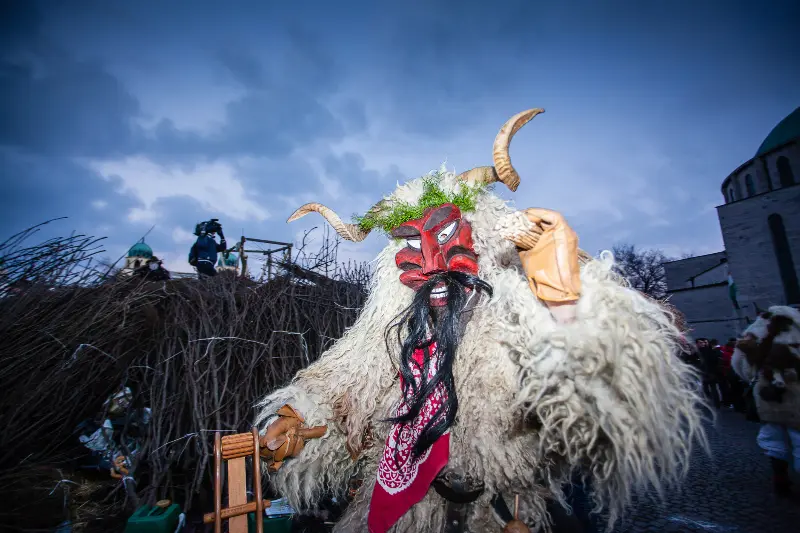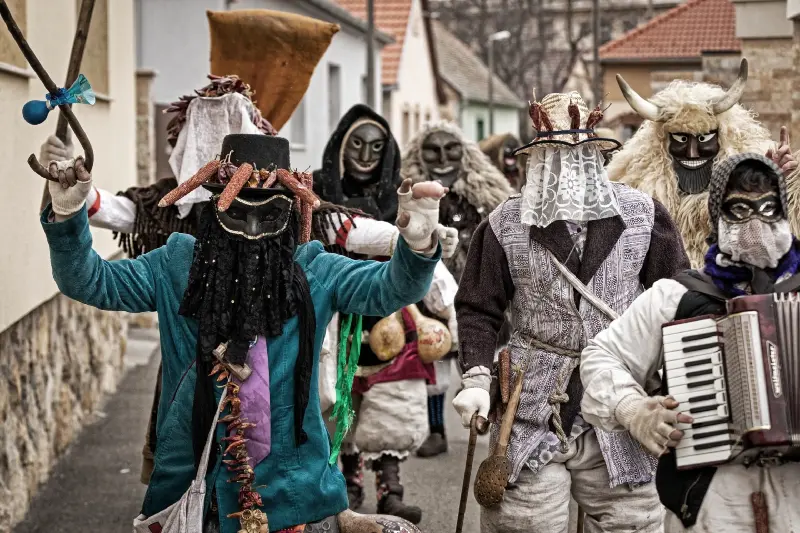
Helyszín címkék:
From rabbits to Easter eggs: here is what you need to know about Easter traditions and customs
Uzonyi Nóra
Easter, like Carnival, is a moving holiday. It is considered the most important and largest celebration of Christianity, but in many ways, its traditions go beyond religion.
Let’s do the math: when is Easter?
According to our chronology, 325 may be a familiar date from our high school studies: the Council of Nicaea, which, among other things, fixed the exact time of Easter. To calculate Easter, we need the date of the first full moon of spring. Then it is just a matter of picking the first Sunday after that from the calendar, and we have found the date for Easter Sunday.
According to Christian tradition, Easter celebrates the crucifixion (Good Friday) and resurrection (Easter Sunday) of Jesus. Easter Monday has minimal religious significance, but is all the more exciting because of the folklore involved.
Spring and renewal

With the arrival of March, most of us are already experiencing an unquenchable spring fever. We thirst for the caressing rays of the sun, the sight of blue skies and the renewing smell of the air like nothing else.
Our ancestors looked forward to spring with a similar feeling, and it is no coincidence that according to pagan traditions, the vernal equinox symbolised renewal, light and rebirth, which were celebrated every year.Pagan spring greetings, traditions and customs have influenced Christian celebrations, too. Let’s see how!
The mysteries of Easter folk traditions
One of the main attractions of Easter Sunday is the consecration of food, when a basket of lamb, bread, ham, eggs and wine is brought to the morning mass, where the delicacies are consecrated.
The lamb is said to symbolize the sacrifice of Jesus, the wine the blood of Jesus and the egg the new birth. Another interesting fact about eggs: boiled whole, they are also considered a symbol of family unity. Tradition has it that family members who eat boiled eggs together at Easter will find their way back to each other, even if some vicious feud keeps them apart for a longer or shorter period of time (editor’s note).
The Easter Bunny makes an appearance
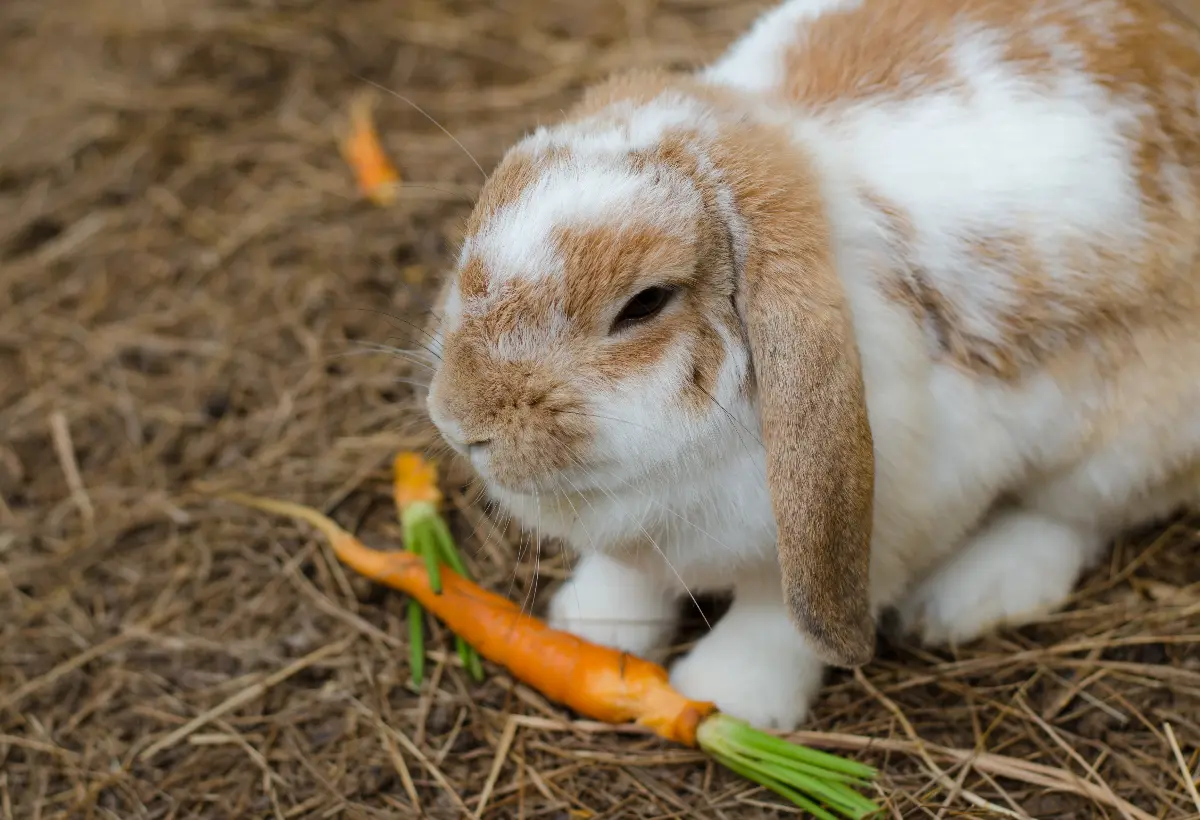
Easter Monday is the day when the Easter Bunny, who has been hiding in the shadows until now, finally makes his appearance; and, of course, brings his eggs with him.
We might legitimately ask, what exactly do the jackrabbits have to do with the resurrection of Christ? Well, nothing: jackrabbits are a “legacy” of pagan fertility celebrations. At the time, it was believed that the rabbit, being a prolific animal, held the promise of life. In other words, it brings the hope that the harvest will be abundant this year. Here is another interesting fact: in the Middle Ages, for some reason, there was a widespread belief that the hares could become pregnant even when they were virgins. This was a parallel that the devotees of the cult of Mary could identify with.
The egg and what is behind it
As explained above, the egg also symbolises new life and fertility. This may be the reason why the girls are giving eggs to the young men as part of the sprinkling. And the fact that all eggs were initially red is again a religious reference: red represents the blood of Christ.
However, the decoration of eggs is not unique to European cultures: some research suggests that eggshells were decorated in Africa as early as 60,000 years ago. True, it was a little easier for them – because of the subject of the decoration – as they scratched the patterns on ostrich eggs instead of hen eggs.
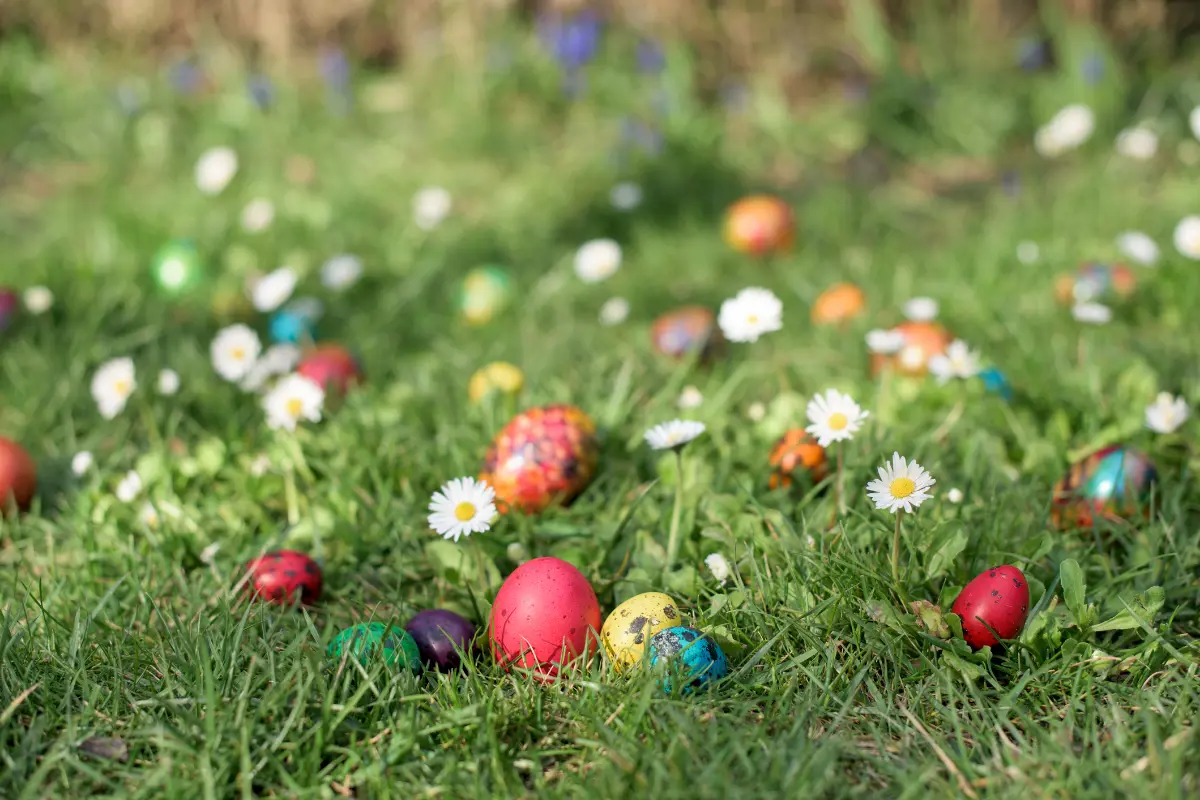
The refreshing water droplets of sprinkling
There is no need to explain the cleansing, renewing effect of water: if there was rain in the spring, there was plenty to harvest in the second half of the year.Sprinkling may have grown out of this, but some sources tell an interesting story about it: At Christ’s resurrection, the women reportedly celebrated so enthusiastically – and loudly – that the soldiers guarding the tomb had to splash them with water to calm them down...
Whether we believe it or not, when this Easter, in the midst of eating two chocolate rabbit ears, our neighbour unexpectedly splashes us with cologne, or in a better case, fresh water, we should remember: we may have ensured ourselves abundance.
Violet-coloured fun in Easter spirit!
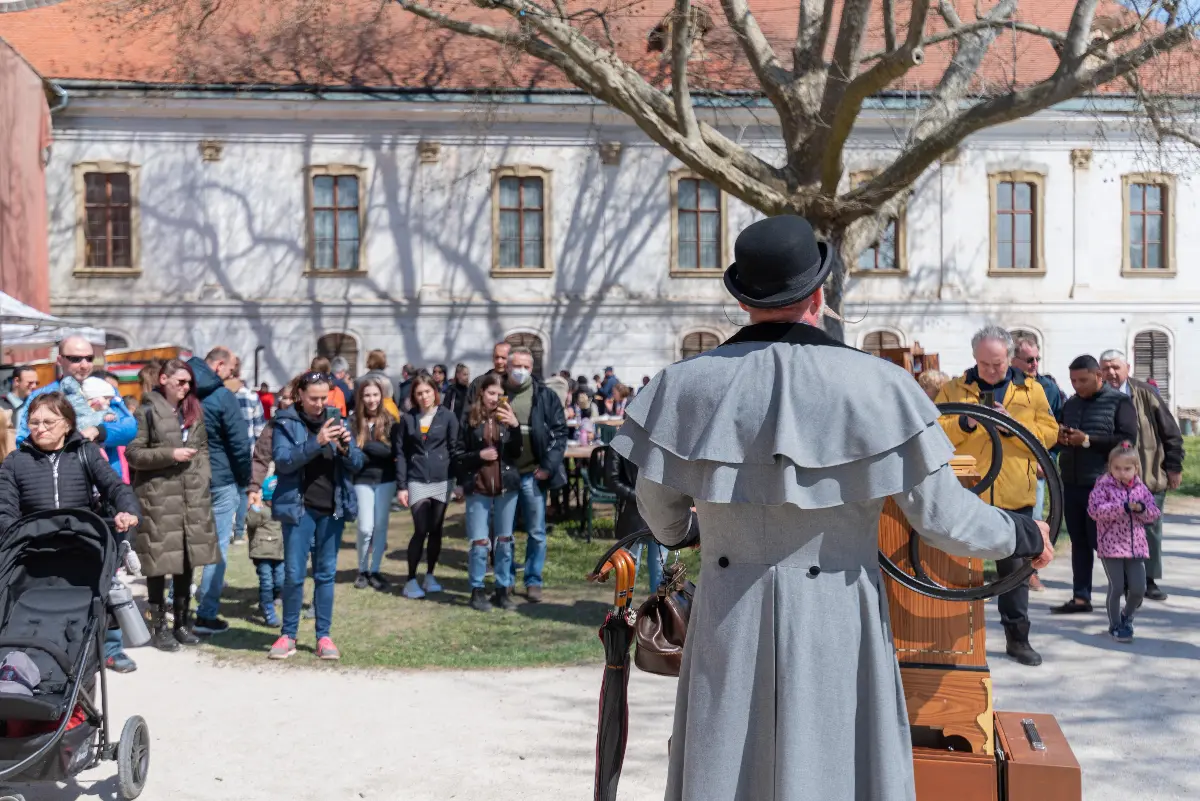
If spring, then the scent of violets and Easter magic at the Royal Castle of Gödöllő! Between 20-21 April, history and nature lovers can embark on a special journey through time at the two-day event called "Violet Day and Easter at the Castle". The castle's park will be decorated in purple on the feast of Queen Elizabeth's favourite flower, while visitors can get in the mood for the holiday with traditional Easter programmes. There will be a family egg hunt, exciting guided tours, craft activities, period games, but culinary delights will not be left out either – guests will be greeted with violet cakes and Easter delicacies. The highlight of the two-day event will be the performance of the Alma band and Gryllus Vilmos, among others! The detailed programme is available on the website of the Royal Castle of Gödöllő.

